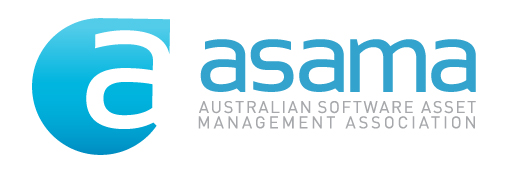Cloud software is software that is hosted in another organisations computing
facility to provide services to your organisation. In general, there are four standard Cloud
configurations that are offered by Cloud providers, these are: Private, Public, Community and Hybrid.
Briefly the descriptions for these offerings are:
Public Cloud - The cloud
infrastructure is provisioned and made available for use by the general public. This offering is usually
taken up by individuals, community associations or very small businesses.
Private Cloud - The cloud
infrastructure is provisioned for exclusive use of your organisation. This offering is usually taken up
organisations that require the lower cost profile, the flexibility and scaling of a cloud provider but do
not share their environment with anybody else.
Community Cloud - The cloud
infrastructure is provisioned for exclusive use by a specific community of consumers from organisations that
want to be able to share data. It may be owned, managed, and operated by one or more of the organisations in
the community, a third party, or some combination of them.
Hybrid Cloud - The cloud
infrastructure is a composition of two or more distinct cloud infrastructures (private, community, or
public) that remain unique entities, but are linked together.
There are three types of services
offered in the cloud. Each offering has its own unique requirements for Software Asset Management. Briefly
the descriptions of the Cloud Services are:
Infrastructure As A Service (IAAS)
– This is the entry level offering where only the infrastructure and virtualised environments are provided
and administered. The installation and administration of the operating system, middleware and applications
is the responsibility of your organisation.
Platform As A Service (PAAS) –
This is the second level offering where the infrastructure, virtualised environments, operating system,
middleware are provided and administered. The installation and administration of the applications is the
responsibility of your organisation.
Software As A Service (SAAS) –
This is the top level offering where the infrastructure, virtualised environments, operating system,
middleware and applications are provided and administered.
The requirements for Software
Asset Management in each of the three service offerings can be determined by who has ownership of the
software. The ownership is determined by who owns the software title with the software vendor. A cloud
provider may be a reseller or purchase the software on your behalf by they are not the owner of the
software, unless they are providing the software as a service.
Infrastructure As A Service (IAAS)
– Apart from the software supporting the infrastructure, the other software will normally be owned by your
organisation. As the cloud provider will be managing software that your organisation is legally responsible
for, strict management procedures, controls, record keeping and reporting arrangements will need to be
negotiated. Any software that your organisation is legally responsible for, will need the EULA reviewed and
agreed to by your organisation.
Platform As A Service (PAAS) –
Similar to the IAAS service, apart from the software supporting the infrastructure and middleware, all of
the other software will normally be owned by your organisation. As the cloud provider will be managing
software that your organisation is legally responsible for, strict management procedures, controls, record
keeping and reporting arrangements will need to be negotiated. Any software that your organisation is
legally responsible for, will need the EULA reviewed and agreed to by your organisation.
Software As A Service (SAAS) –
There should be minimum amount of negotiations required as all the software should be owned by the cloud
provider for commercial software. Use of open source software will need to be reviewed for any requirements
placed on your organisation as the cloud consumer, by the licensing agreement. As highlighted above, if your
organisation will be utilising Cloud Services, then an analysis of the Software Asset Management
responsibilities will need to be undertaken. Current adoption of Cloud Services is mostly with the
Infrastructure As A Service (IAAS) and Platform As A Service (PAAS) service. Policies, processes and
procedures need to be implemented with these Cloud services to ensure that software being used is approved
and compliant to the software licensing agreement.
As highlighted above, if your
organisation will be utilising Cloud Services, then an analysis of the Software Asset Management
responsibilities will need to be undertaken. Current adoption of Cloud Services is mostly with the
Infrastructure As A Service and Platform As A Service (PAAS) service. Policies, processes and procedures
need to be implemented with the use of Cloud Services, to ensure that the software being used is approved
and compliant to the software licensing agreement.
In summary, the adoption of Cloud
Services does not automatically mean that there are no Software Asset Management implications. Undertake an
analysis of the software ownership and whether there is a requirement for additional Software Asset
Management policies, processes and procedures for the use of Cloud Services in your
organisation.
(IE Printing: - There are known IE printing problems that affect certain printer brands and
printer types; Chrome and Firefox have no reported issues.)


